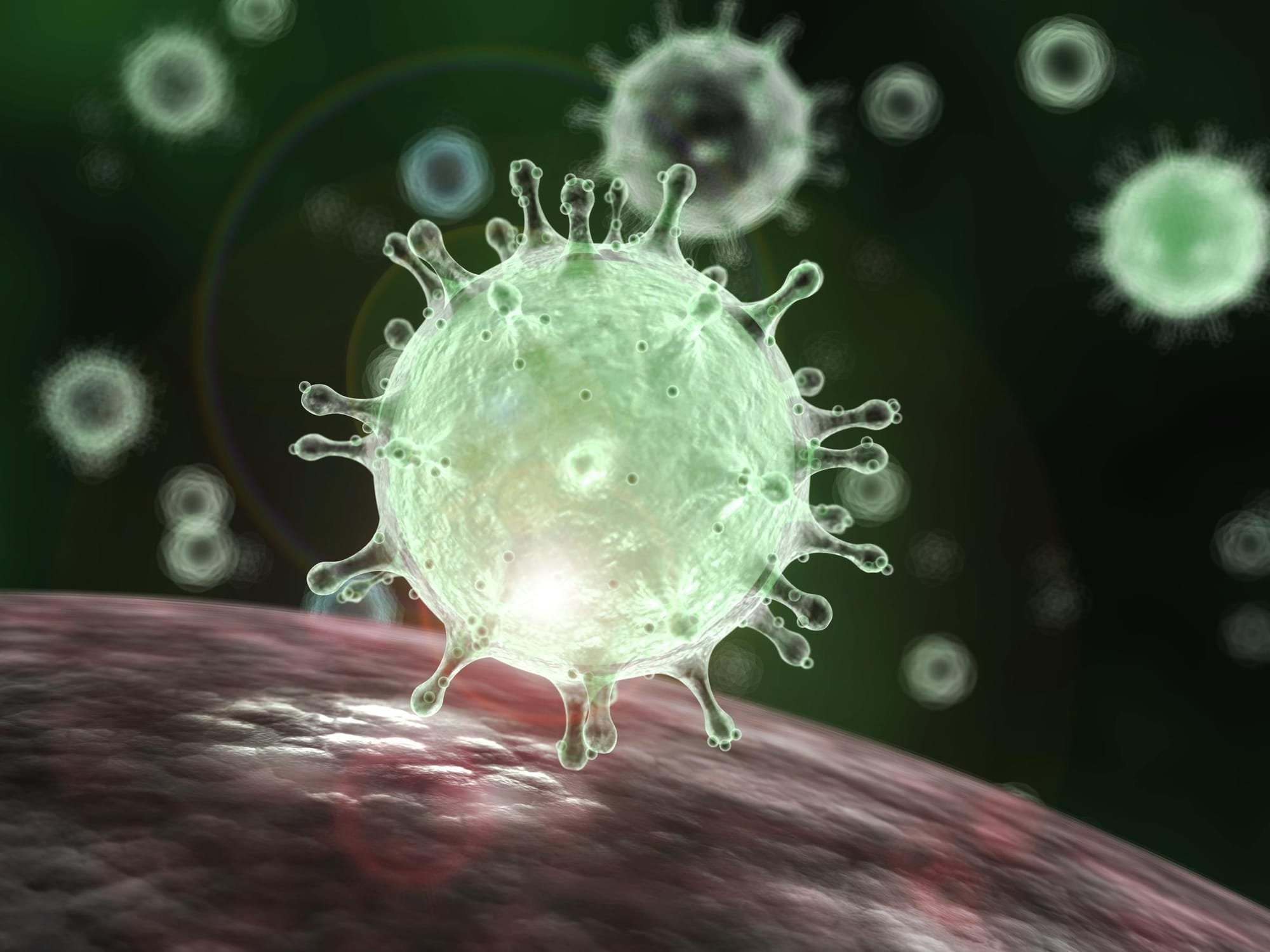 Source: BBC & WHO
Source: BBC & WHO
As coronavirus continues to spread within the Australian community, health authorities are ramping up measures to protect those most at risk of life-threatening complications from the disease.
A 95-year-old woman from a Sydney aged care facility has become the second Australian to die from the COVID-19 strain.
NSW Health Minister Brad Hazzard today conceded that containment is now unlikely, with the focus turning to minimising the disease's impact.
With more than 93,000 cases reported across 74 countries, coronavirus has already killed over 3,200 people – more deaths than previous epidemics SARS and MERS combined.
So just who is most at risk – and how concerned do you need to be?
Here's what studies of the progression of COVID-19 in China, where the disease initially broke out three months ago, have shown.
The age factor
It's now well-established that the elderly are at the greatest risk of serious complications from the new coronavirus strain, but younger people can still catch and transmit the disease.
As of February 11, more than three quarters of all confirmed cases across China (77.8 per cent) were found in those aged between 30 and 69 years, according to statistics reported by the China Centre for Disease Control (CDC).
A further 8.8 per cent were aged 70 to 79 and 3.2 per cent were over 80.
Health authorities have speculated that may be in part attributable to community behaviours, with the elderly less likely to travel extensively and come in contact with carriers of the disease.
However, the death rate in elderly individuals remains much higher – one in every seven people aged over 80 who contract coronavirus will die, compared to one in 80 for 50-somethings.
This is believed to be largely due to the strength of patients' respiratory system, with most deaths caused not by the disease itself but by pneumonia and other complications from the illness.
Interestingly, the very young – who are generally the other most at-risk group from infectious diseases – appear to be protected from the serious side-effects of the illness.
Children aged under 10 made up just 0.9 per cent of cases across China, while a further 1.2 per cent were children and teenagers aged 10 to 19.
A World Health Organisation mission to China supported this, finding those aged under 18 made up just 2.4 per cent of all cases.
Only one of these 549 young people died.
It remains unclear if the low rates of confirmed cases are because children do not show symptoms, even if infected – presenting the possibility that they could act as "silent" transmitters of the illness in the community.
Are men or women more likely to get coronavirus?
The gender imbalance is much less clear-cut than the age factor, but preliminary reports suggest that men may be slightly more at risk of contracting coronavirus than women.
China CDC found that 106 men had the disease for every 100 women while another, earlier study of over 1000 COVID-19 patients in Wuhan found a greater imbalance, with 58 per cent of confirmed cases being men.
However, the mortality rate for men remains significantly higher, at 2.8 per cent compared to 1.7 per cent for women.
This could be due in part to men being more likely to have pre-existing conditions such as heart disease.
Are pregnant women at increased risk?
Pregnant women are often more susceptible to respiratory illnesses and, once infected, become more seriously ill.
Little is known about the new coronavirus strain in pregnant women, but preliminary data suggests they are not at a higher risk than the general population.
In an investigation of 147 pregnant women who were either confirmed or suspected to have coronavirus, eight per cent had severe disease and one per cent were critical, the WHO-China Joint Mission found.
A small study by scientists at Wuhan University found that, of the nine pregnant patients infected with the virus, none appeared to pass it on to their babies, who were all delivered healthy via caesarean section.
Pre-existing illness
Along with the elderly, those with pre-existing health conditions are most at risk of becoming seriously ill or dying from COVID-19.
These diseases range from respiratory illnesses, such as chronic obstructive pulmonary disease, through to heart disease and cancer.
A large China-based study of 1,590 coronavirus patients found that those with pre-existing conditions were almost twice as likely to be admitted to intensive care, be put on a ventilator and to die.
Those with two or more additional diseases were at 2.5 times greater risk.
Data from the China CDC supported these statistics, reporting the death rate for healthy individuals at 0.9 per cent, while in those with cardiovascular disease it was 10.5 per cent.
The death toll for diabetes sufferers was 7.3 per cent, 6.3 per cent for those with chronic respiratory diseases such as COPD, 6 per cent for hypertension and 5.6 per cent for those with cancer.
This is in line with previous deadly outbreaks such as MERS and SARS.




